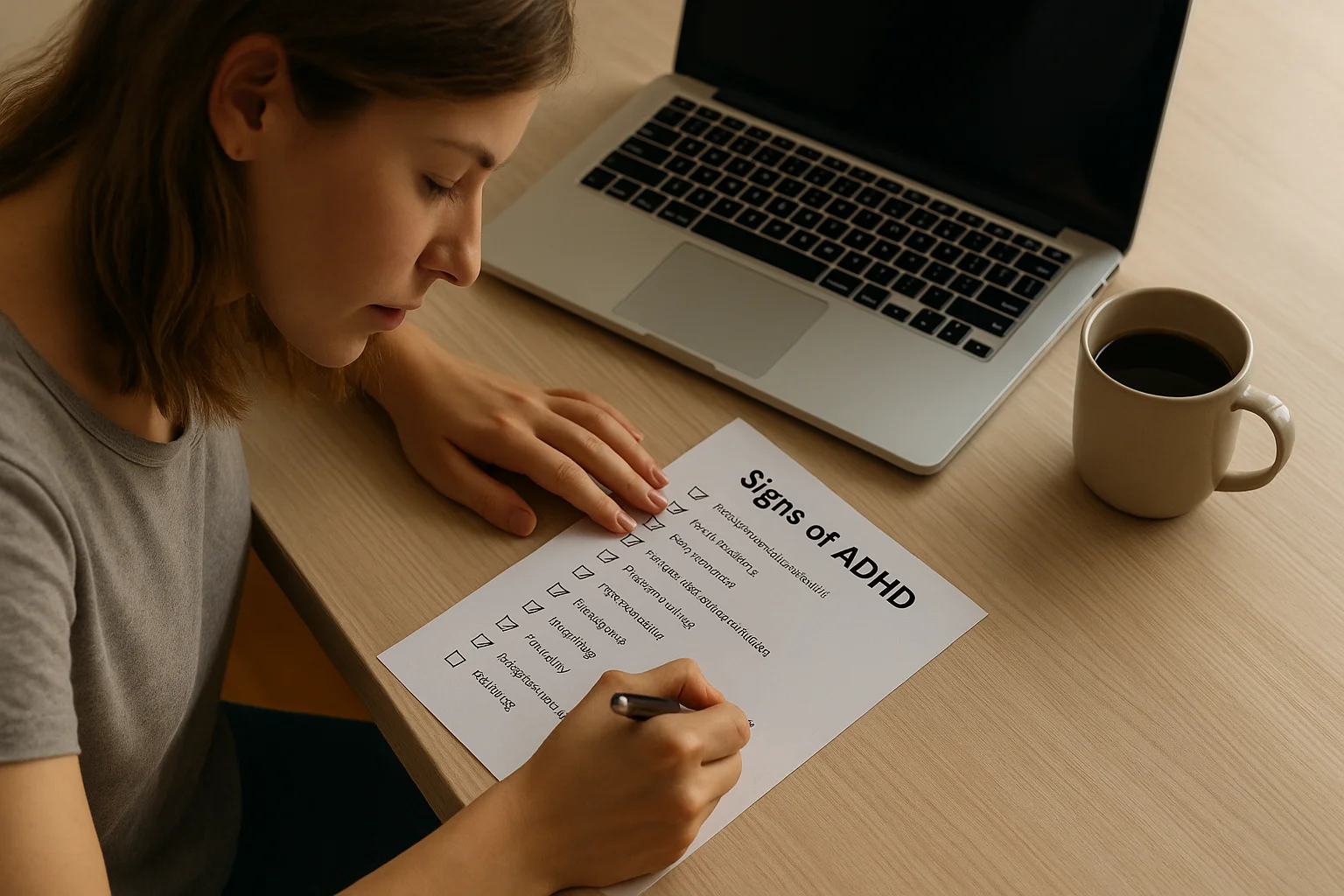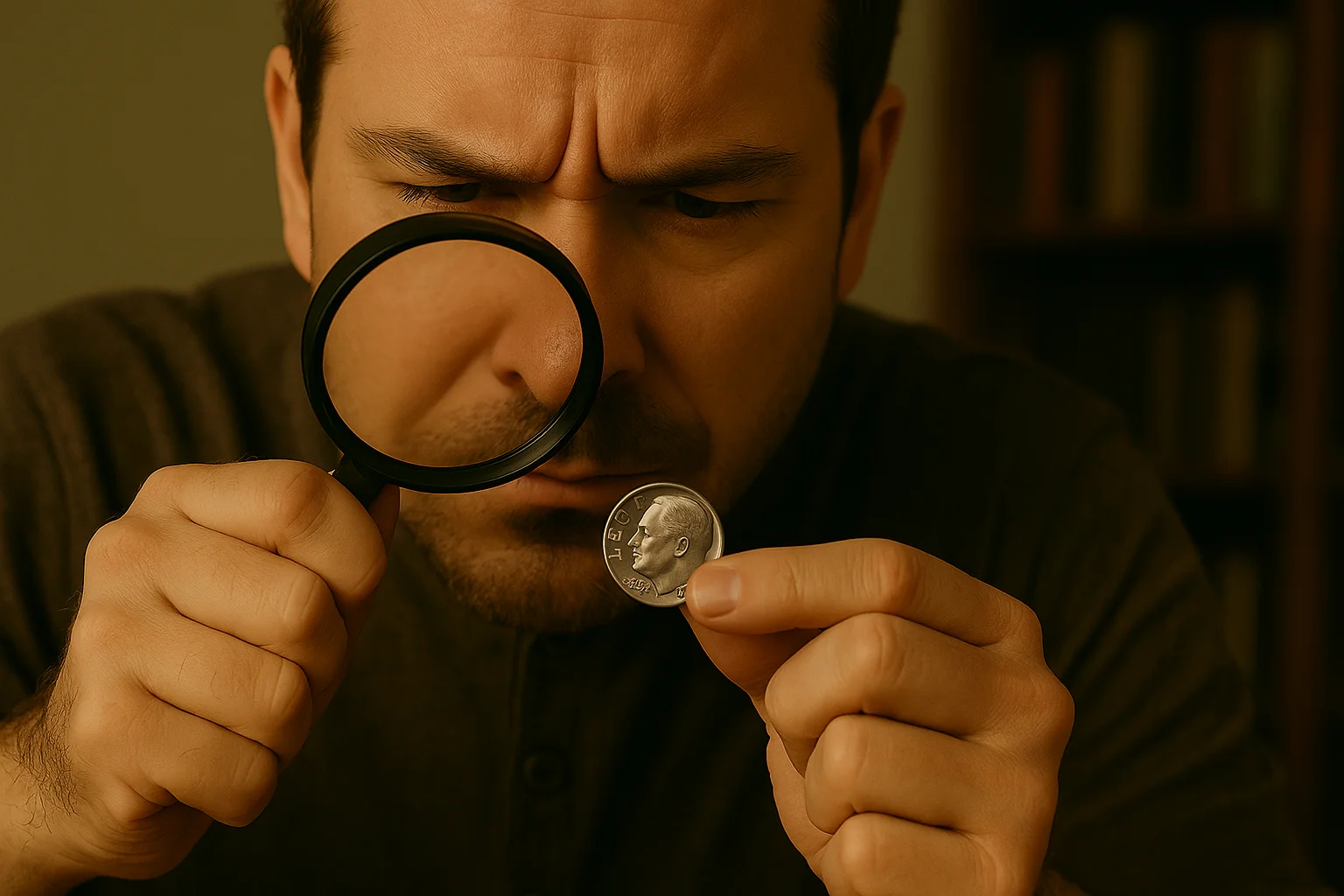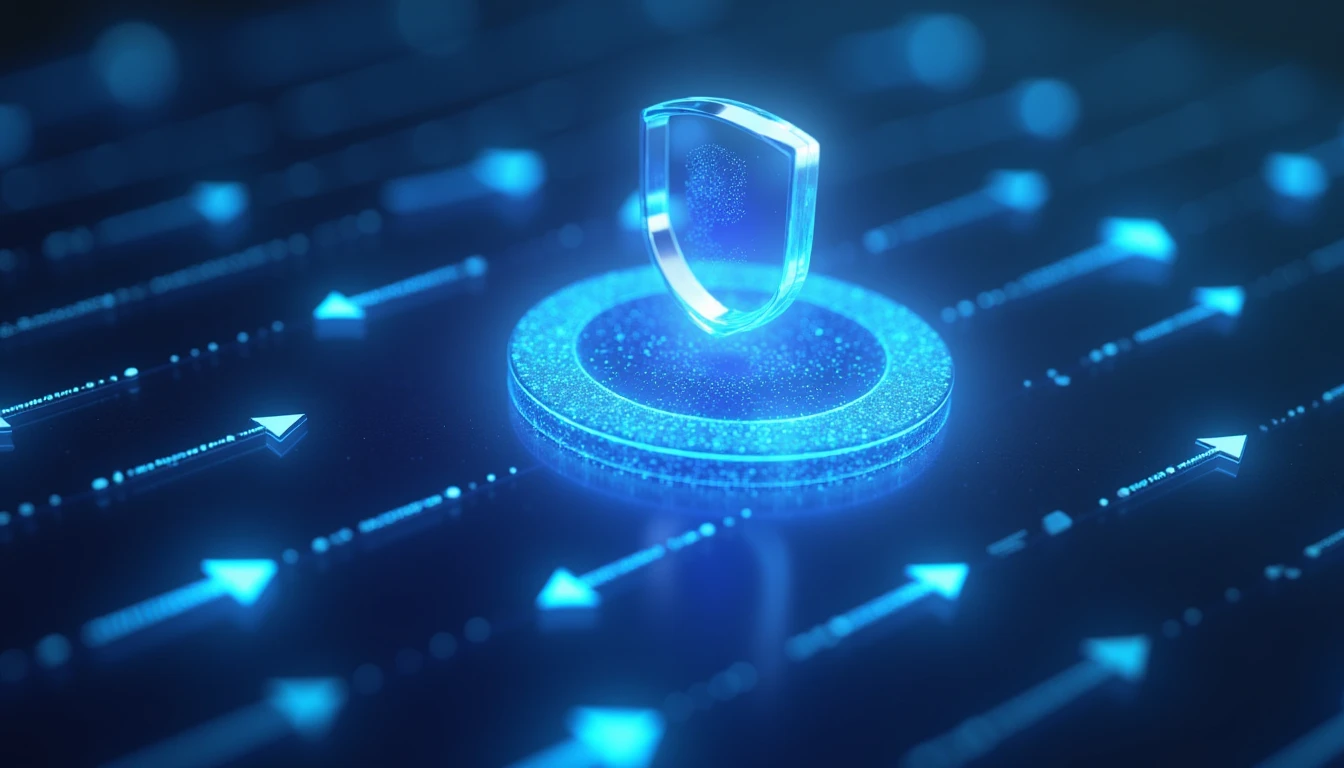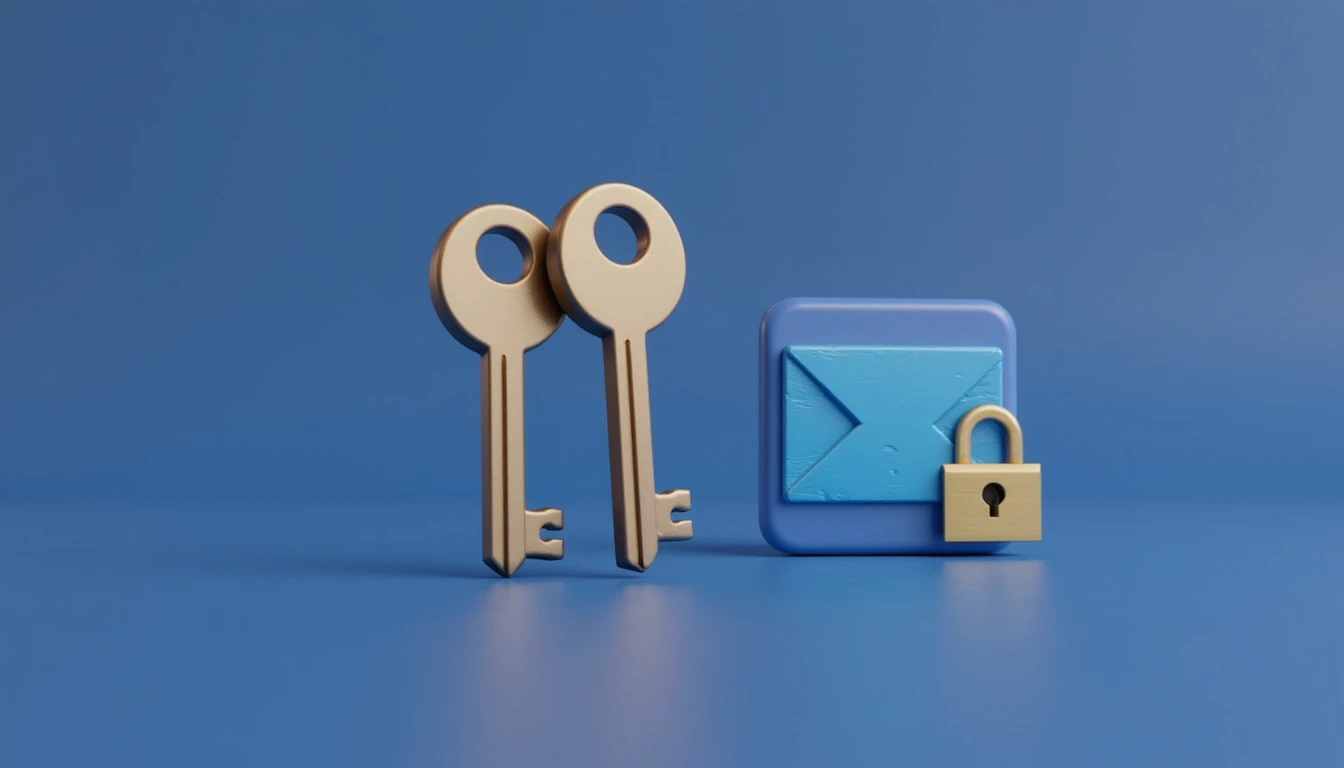Have you ever glanced at an old penny and wondered if it’s worth more than its face value? For hobbyist numismatists and treasure hunters alike, the 1946 Lincoln Wheat Penny might be the perfect gateway into the world of rare coin collecting.
This unassuming copper coin isn’t just old pocket change—it’s a tiny time capsule with stories to tell and, in some cases, hidden 1946 wheat penny value waiting to be discovered.
A Post-War Symbol
The 1946 penny marks a fascinating moment in American history. Minted just a year after World War II ended, this coin carries more than monetary significance—it symbolizes a nation in recovery. President Abraham Lincoln’s stoic portrait on the obverse and two stalks of wheat on the reverse serve as a tribute to perseverance, stability, and the spirit of rebuilding.
Designed by Victor D. Brenner, this classic imagery had graced the U.S. cent since 1909, but the context of 1946 made the coin’s message especially resonant.
For collectors who appreciate the narrative behind the numismatics, the 1946 penny offers a piece of Americana. It’s not merely metal—it’s memory, transition, and resilience preserved in copper.

Minting, Metal, and Varieties
After the wartime experimentation with steel cents in 1943 (done to save copper for ammunition), the U.S. Mint returned to traditional materials in 1946. That year’s cents were composed of 95% copper and 5% zinc—a stable post-war alloy that retained the iconic look and weight of earlier Wheat Pennies.
Here’s how the mintage numbers break down:
| Mint | Mint Mark | Mintage Volume | Rarity Level |
| Philadelphia | (none) | ~991,655,000 | Most common |
| Denver | D | ~315,690,000 | Less common |
| San Francisco | S | ~198,100,000 | Least common |
While billions of these pennies were minted, not all are created equal. Collectors focus on mint marks, condition, and error varieties to determine a coin’s appeal and potential value. And that’s where things start to get interesting.
Design Highlights
- Designer: Victor David Brenner
- Obverse: Profile of Abraham Lincoln
- Reverse: Two stylized wheat ears with the inscription “ONE CENT”
- Material: 95% copper, 5% zinc
- Weight: 3.11 grams
- Diameter: 19.05 mm
This iconic design, along with the historical context, contributes to the penny’s ongoing popularity. It’s a coin that combines beauty, accessibility, and collector intrigue in equal measure.
Secret Value: Not All Pennies Are Equal
At first glance, the 1946 penny doesn’t scream “jackpot.” But the devil, as always, is in the details. Certain mint marks and preserved conditions can dramatically boost a coin’s value.
Here’s a quick reference table for circulated and uncirculated 1946 pennies:
| Mint Mark | Circulated Value | Uncirculated Value | Noted Features |
| (none) | $0.05 – $0.25 | $5 – $20 | Most common; error coins possible |
| D | $0.10 – $0.30 | $10 – $30 | Occasional repunched mint marks |
| S | $0.10 – $0.50 | $10 – $40 | More collectible; lower mintage |
Condition Matters: Brown, Red-Brown, and Full Red
In coin collecting, eye appeal equals value. For the 1946 penny, color and luster are major indicators of preservation—and of price.
Pennies are graded not only on wear (using the Sheldon Scale from 1 to 70) but also on color:
| Designation | Description | Market Range (MS66–MS67) |
| Brown (BN) | Oxidized copper, dark tone | $5–$30 |
| Red-Brown (RB) | Partial luster, some red visible | $15–$100 |
| Full Red (RD) | Brilliant, original copper shine | $100–$15,000+ |
In 2018, a 1946-D penny graded MS67+ RD by PCGS sold for $14,100, proving that even a “common” coin can fetch serious money when it’s in pristine red condition.
Rare Errors That Boost Value
What truly excites collectors are minting errors—unexpected flaws that turn a coin into a conversation piece or museum-worthy artifact. The 1946 penny has several known varieties that can dramatically increase its value:
| Error Type | Description | Potential Value |
| Doubled Die (Obverse/Reverse) | A doubling of letters or numbers, visible under magnification | $50–$500+ |
| Repunched Mint Mark (RPM) | A mint mark punched more than once, visible with a loupe | $30–$250 |
| Off-Center Strike | Part of the design is missing or shifted | $100–$400 depending on % off |
| Lamination Error | Flaking or peeling of metal layers | $40–$200 |
While these errors may seem minor to the untrained eye, seasoned collectors seek them out. Their scarcity, combined with historical intrigue, makes them highly desirable—and sometimes, extremely lucrative.
Historical Rarity: Scarce Yet Undervalued
Despite the large overall mintage in 1946, high-grade coins and rare variants are surprisingly scarce. Most pennies from this era circulated for decades, acquiring nicks, grime, and discoloration along the way.
Finding a 1946 penny in MS65 or better condition is rare—especially from circulation. That’s why:
- Uncirculated rolls (still sealed from the ’40s or ’50s) can be treasure troves.
- Estate sales and old collections may hide red gems untouched for 70+ years.
Collectors who understand the nuance of rarity—not just mintage numbers—are the ones who spot hidden value where others see only copper.
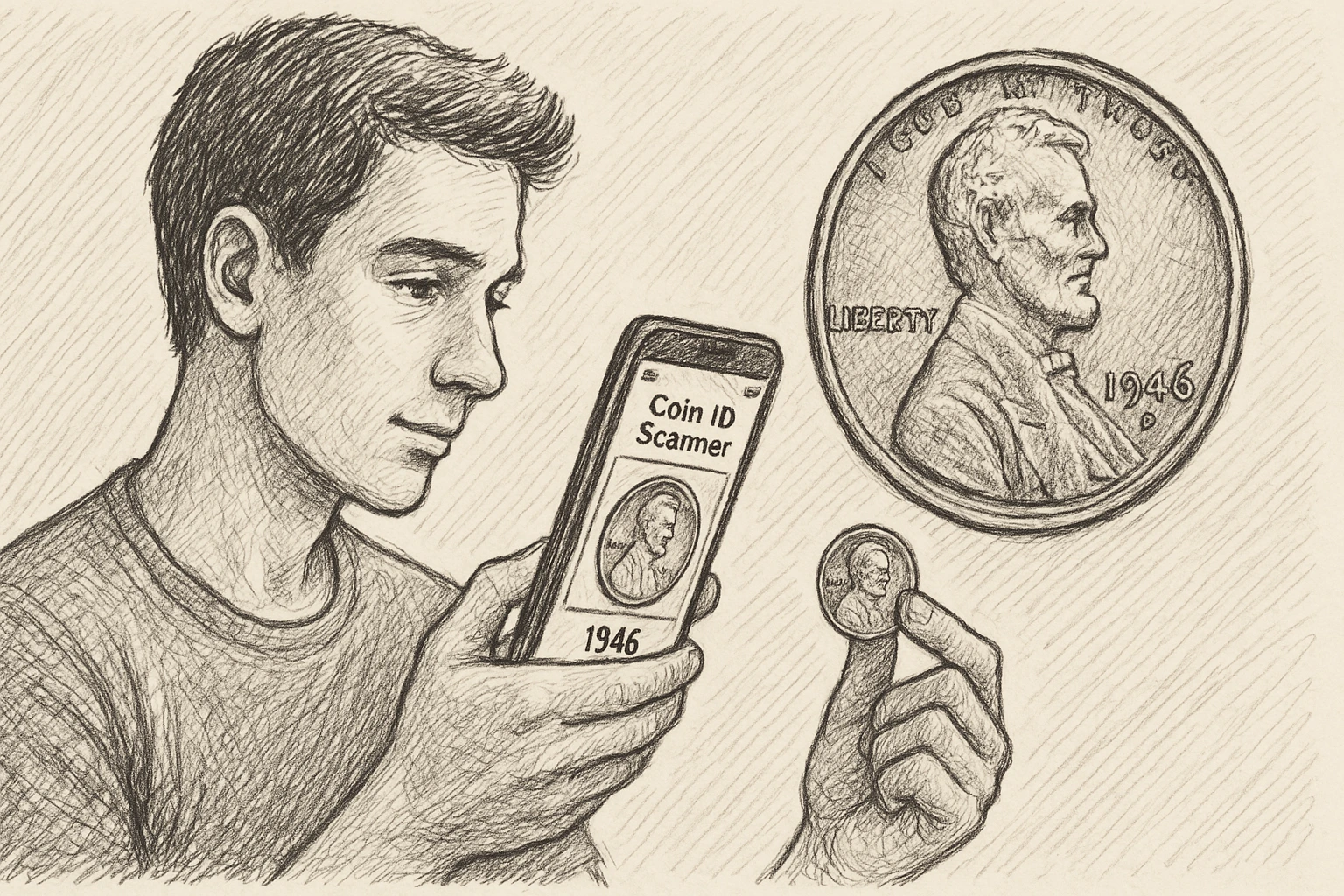
Modern Tools Make the Difference: Coin ID Scanner App
In the past, identifying an error coin or determining color classification meant flipping through bulky guides, consulting experts, or shipping your coin to be graded. Today, AI technology brings expert-level insight into your pocket.
The Coin ID Scanner is a game-changer for hobbyists, travelers, and pros alike:
- Snap a Photo, Get Instant Data: Upload an image, and the app analyzes it for mint mark, color classification, possible errors, and grade estimation.
- Global Coin Database: Over 150,000 coins from the U.S., Europe, Asia, and beyond—with constantly updated entries.
- Organize Your Collection: Create virtual folders for your coins, attach notes, store market data, and monitor value fluctuations.
- Perfect for Travelers: Easily identify foreign or unfamiliar coins picked up during trips, flea markets, or antique fairs.
By using technology like Coin ID Scanner, even casual collectors can spot rare varieties and avoid undervaluing their finds.
Collector’s Checklist: How to Evaluate Your 1946 Penny
Before you jump to conclusions about value, use this quick step-by-step guide:
✅ Check the Mint Mark
Look under the date for a “D” (Denver) or “S” (San Francisco). No mint mark means Philadelphia.
✅ Inspect for Errors
Use a 10x loupe or scan with Coin ID Scanner to check for doubling, repunched marks, or off-center strikes.
✅ Examine Color and Luster
Is it brown, red-brown, or full red? The brighter and more original the shine, the higher the potential value.
✅ Determine Condition (Grade)
Look for wear on Lincoln’s cheek, jaw, and wheat stalks. The less wear, the better the grade.
✅ Weigh the Coin
A standard 1946 penny should weigh around 3.11 grams. Significant variation could hint at planchet errors.
✅ Scan It with Coin ID Scanner
Get an instant analysis of potential value, mint year, and more.
Why the 1946 Penny Still Resonates
This coin is more than a copper disc—it’s a snapshot of post-war America, produced during a pivotal time of optimism, resilience, and reinvention. Its design, unchanged from Victor Brenner’s original 1909 portrait, reflects the enduring ideals of liberty and unity. Owning one connects you to the millions who held it generations ago, used it to buy bread or a newspaper, or saved it in a child’s first coin album.
But for collectors, the real thrill lies in the unknown:
- Could your everyday penny be a rare “red” specimen worth thousands?
- Might that faint blur under the mint mark signal a rare error?
- Is there a story waiting in that dusty jar of change?
With the help of modern tools like Coin ID Scanner, these questions don’t need to stay unanswered. You don’t need decades of experience or expensive grading equipment—just your phone and a sharp eye.
Coin Collecting in the Digital Age: A Hobby Reimagined
Gone are the days when numismatics was reserved for specialists or seasoned historians. Thanks to apps and digital databases, the world of coin collecting is more accessible than ever. You can start small—with just one coin—and grow a collection rooted in personal curiosity, historical significance, and even investment value.
Whether you’re organizing a childhood coin box, traveling with an eye for foreign currency, or teaching a younger generation about tangible history, the 1946 penny is a perfect place to begin.
One Last Cent of Advice
Don’t overlook the coins you already have. What seems ordinary may carry an extraordinary story—or a surprising price tag. Take the time to look, learn, and scan. Let the Coin ID Scanner be your companion on the journey.

